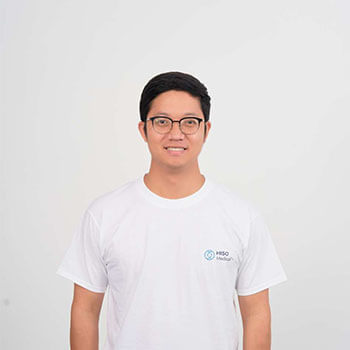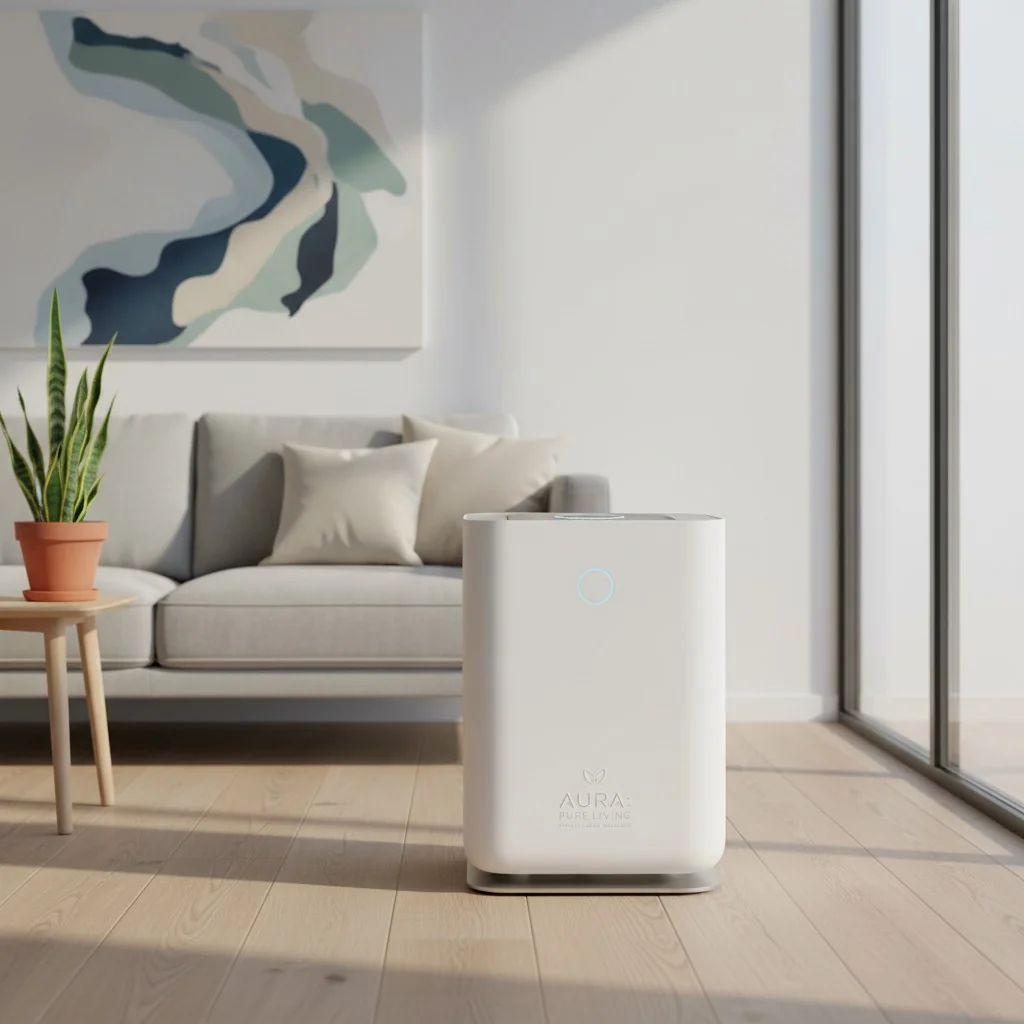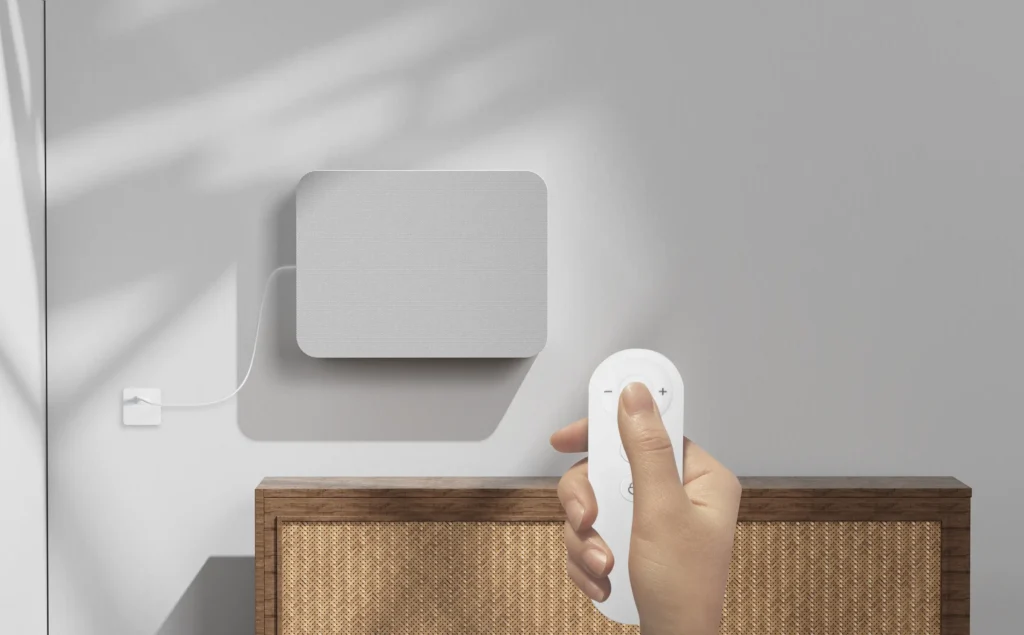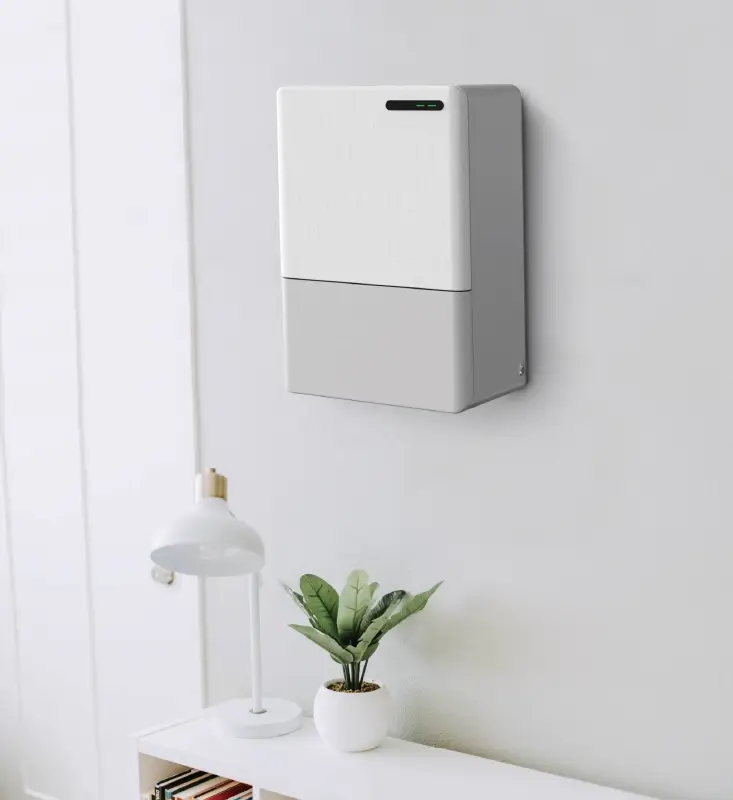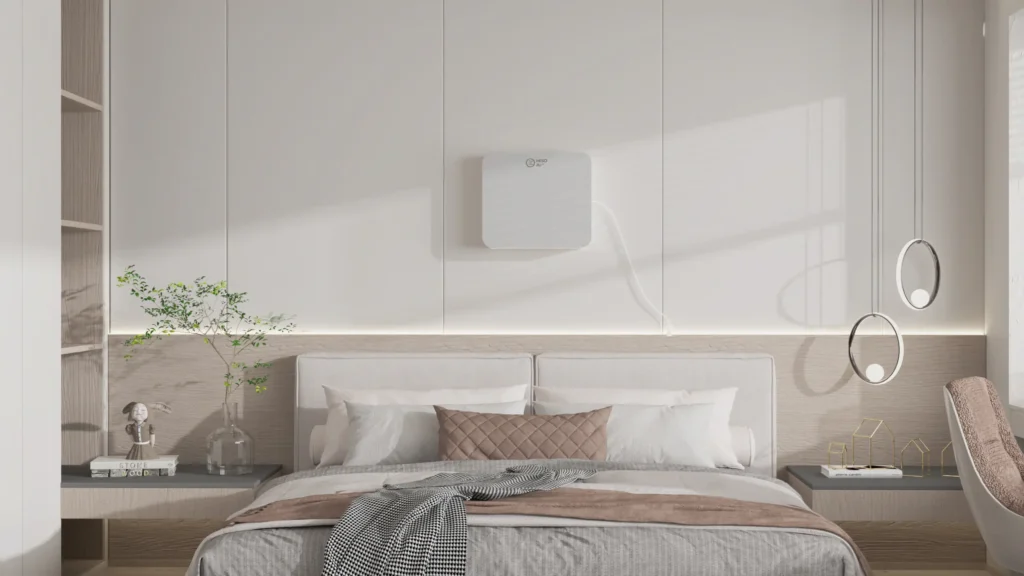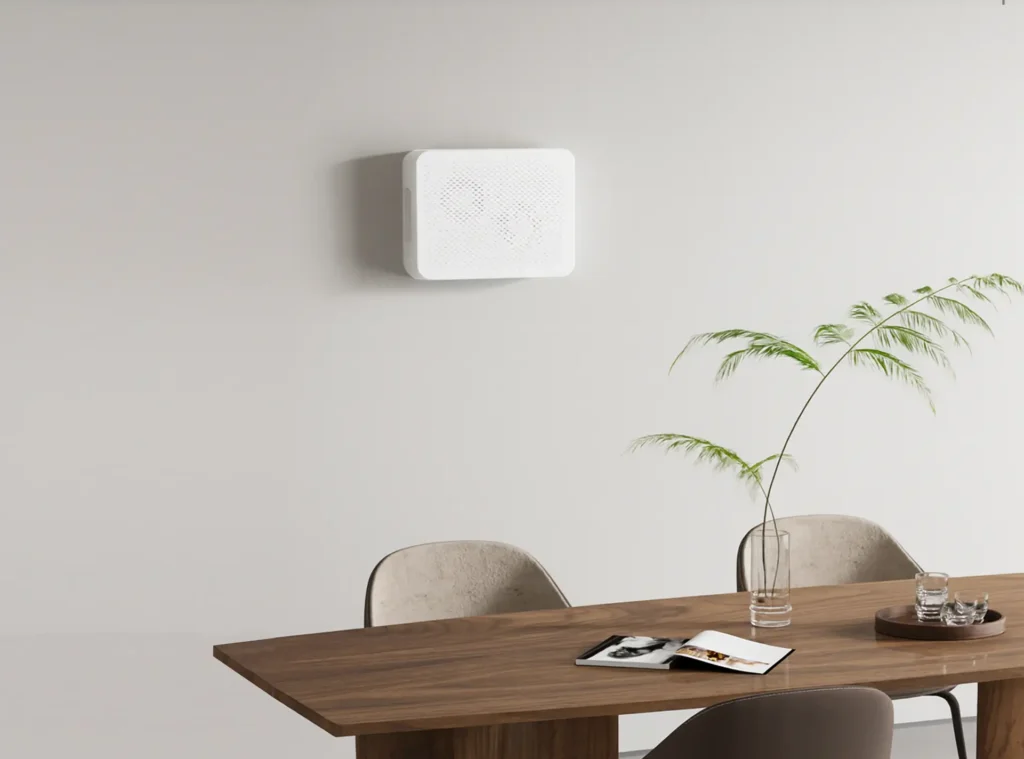As a B2B professional in the Indoor Air Quality (IAQ) industry, I’m constantly asked about the manufacturing origins of major brands. It’s a critical question that goes far beyond simple curiosity. For us in the business, understanding a company's production strategy reveals its approach to quality, cost, and supply chain resilience. So, when a client recently asked me, “Where are Cado air purifiers made?” I knew a simple answer wouldn’t suffice. This isn’t just a consumer question; it’s a strategic inquiry. The answer to “Where are Cado air purifiers manufactured?” is a nuanced look into a global production strategy that balances Japanese precision with Chinese manufacturing prowess, a key factor for any B2B stakeholder to understand.
In this article, I'll take you on a deep dive into Cado Co., Ltd.'s manufacturing footprint. We'll explore the “Made in Japan” and “Made in China” aspects of their production, and what this hybrid model means for B2B buyers, distributors, and partners. We will explore how this dual-source strategy allows Cado to maintain its premium brand identity while achieving the scale and cost-effectiveness needed to compete globally. By the end, you'll have a comprehensive understanding of Cado's strategic manufacturing decisions and what they signify for the future of the IAQ industry.
Company Profile: Who is Cado Co., Ltd.?
Corporate Overview: What is Cado Co., Ltd.'s Foundation?
Cado Co., Ltd. is a Japanese home appliance company founded in June 2011 in Tokyo, Japan. The company was established by Noriyuki Koga, a former Sony executive, and Ken Suzuki, known for his work with amadana/RREALFLEET. Their mission, as articulated by the founders, is to merge “Technology × Design,” creating products that are not only highly functional but also aesthetically pleasing. This dual focus has been a cornerstone of their brand identity since inception. Cado's flagship products primarily include air purifiers, humidifiers, dehumidifiers, and beauty devices. A notable technological innovation they employ is PHOTOCLEA™, a blue photocatalyst system designed to enhance air purification efficiency. For B2B partners, understanding Cado's foundation in both technological innovation and design excellence is crucial, as it underpins their product development and market positioning.
Brand Positioning and Design DNA: How Does Cado Differentiate Itself?
Cado positions itself as a “premium lifestyle brand,” targeting consumers and businesses that value both superior aesthetics and cutting-edge functionality. A significant early milestone for Cado was in 2012 when their air purifier became the first Japanese model to achieve the World No.1 CADR (Clean Air Delivery Rate) rating. This achievement underscored their commitment to performance. Beyond technical prowess, Cado's products are frequently recognized by prestigious design awards such as the Red Dot und iF Design Awards. My personal experience, having observed numerous brands in the IAQ space, confirms that Cado's key design strategy—creating devices that seamlessly blend into living spaces like furniture—is a powerful differentiator. This focus on design is not merely superficial; it reflects a deeper philosophy of integrating advanced technology harmoniously into daily life, a trait that resonates strongly with discerning B2B clients seeking high-end solutions for their customers.
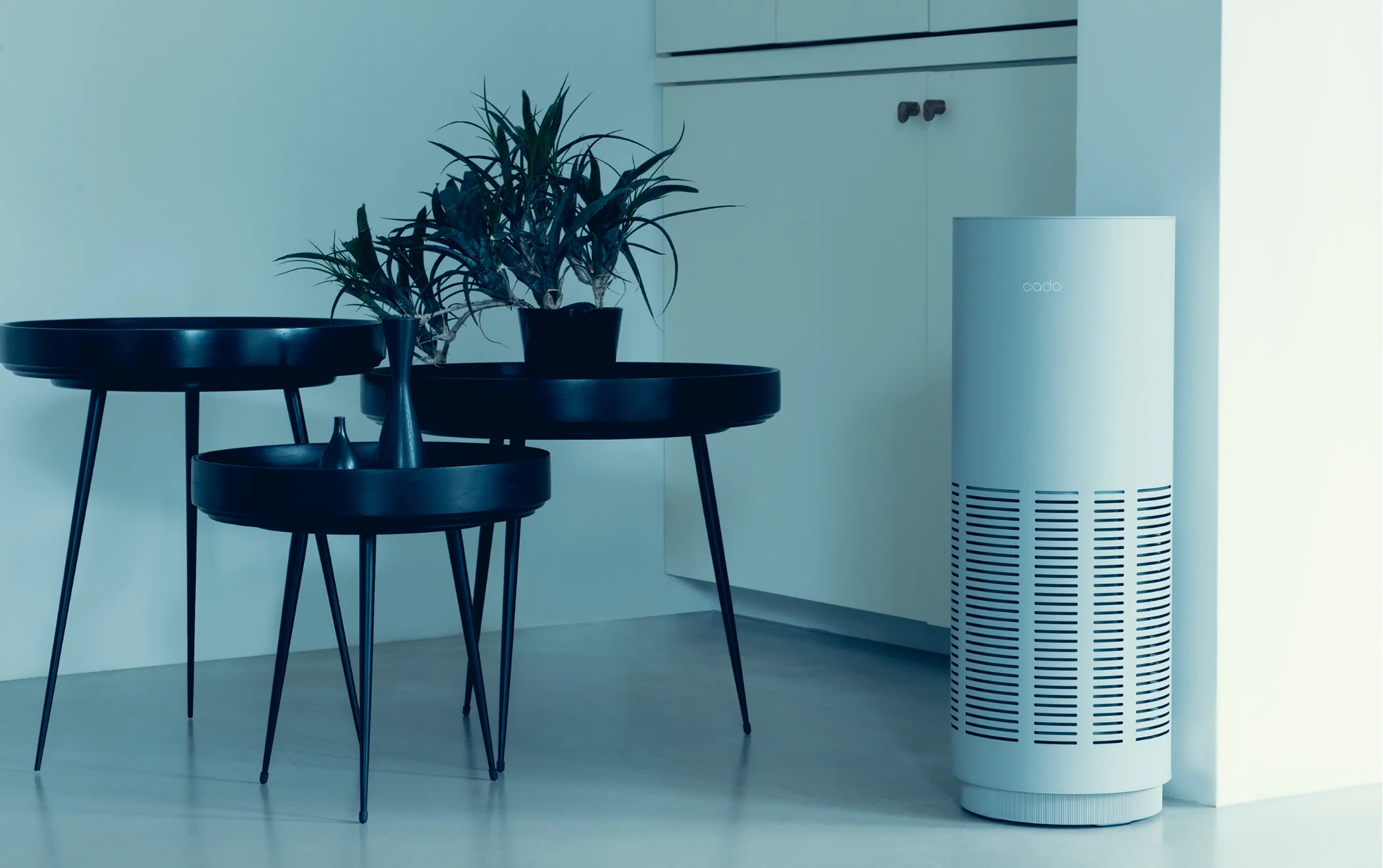
The Core Question: Where Are Cado Air Purifiers Made?
Made in Japan – Brand Pillar and Strategic Lever: Why Does 'Made in Japan' Matter for Cado?
For many premium brands, the country of origin is a powerful marketing tool, and Cado is no exception. The company consistently positions itself as a Japanese brand in its official materials and public relations. This isn't just about national pride; it's a strategic lever that reinforces a perception of superior quality, meticulous craftsmanship, and advanced technology. For instance, products like the HM-C610S humidifier have been explicitly marketed as “Made in Japan”. My research also indicates that high-value collaborative products, such as their hydrogen generators, are often produced in Japan. This emphasis on Japanese manufacturing reinforces Cado's premium identity, allowing them to command higher pricing and build significant consumer trust, which is invaluable for B2B partners looking to offer top-tier products.
Made in China – Scale, Cost, and Global Reach: What Role Does Chinese Manufacturing Play?
While Cado leverages its Japanese heritage, a closer look at their product lines reveals a pragmatic approach to global manufacturing. Evidence suggests that some Cado products, such as the MP-C30 portable air purifier, are labeled as Made in China. Furthermore, retail listings for certain models often indicate shipment from Chinese warehouses. This isn't a hidden secret but a strategic decision. The rationale behind this dual-source model is clear: China offers significant cost advantages, a mature and efficient Lieferkette, and direct proximity to the vast Chinese consumer market. This approach is consistent with industry practices seen in other global brands like Dyson and Blueair, who also utilize Chinese manufacturing to achieve scale and competitive pricing. For B2B buyers, this means access to Cado's innovative technology at a more accessible price point for certain product categories, broadening market reach.
Strategic Synthesis: A Deliberate Hybrid Manufacturing Strategy: How Does Cado Balance Both?
From my perspective, Cado's manufacturing approach is not a compromise but a deliberate hybrid manufacturing strategy. It's a sophisticated balancing act where premium and high-end units, particularly those emphasizing cutting-edge technology or intricate design, are often made in Japan to reinforce brand prestige and quality perception. Conversely, portable or mass-market models are outsourced to China. This allows for scalability and cost optimization, enabling Cado to meet global demand efficiently. This strategy also involves a “selective disclosure” of origin: “Made in Japan” is prominently emphasized in key product lines and marketing, while the “Made in China” origin is less highlighted, particularly where it might not enhance the brand's premium image. This nuanced approach allows Cado to maintain its brand integrity while achieving operational agility and global competitiveness.
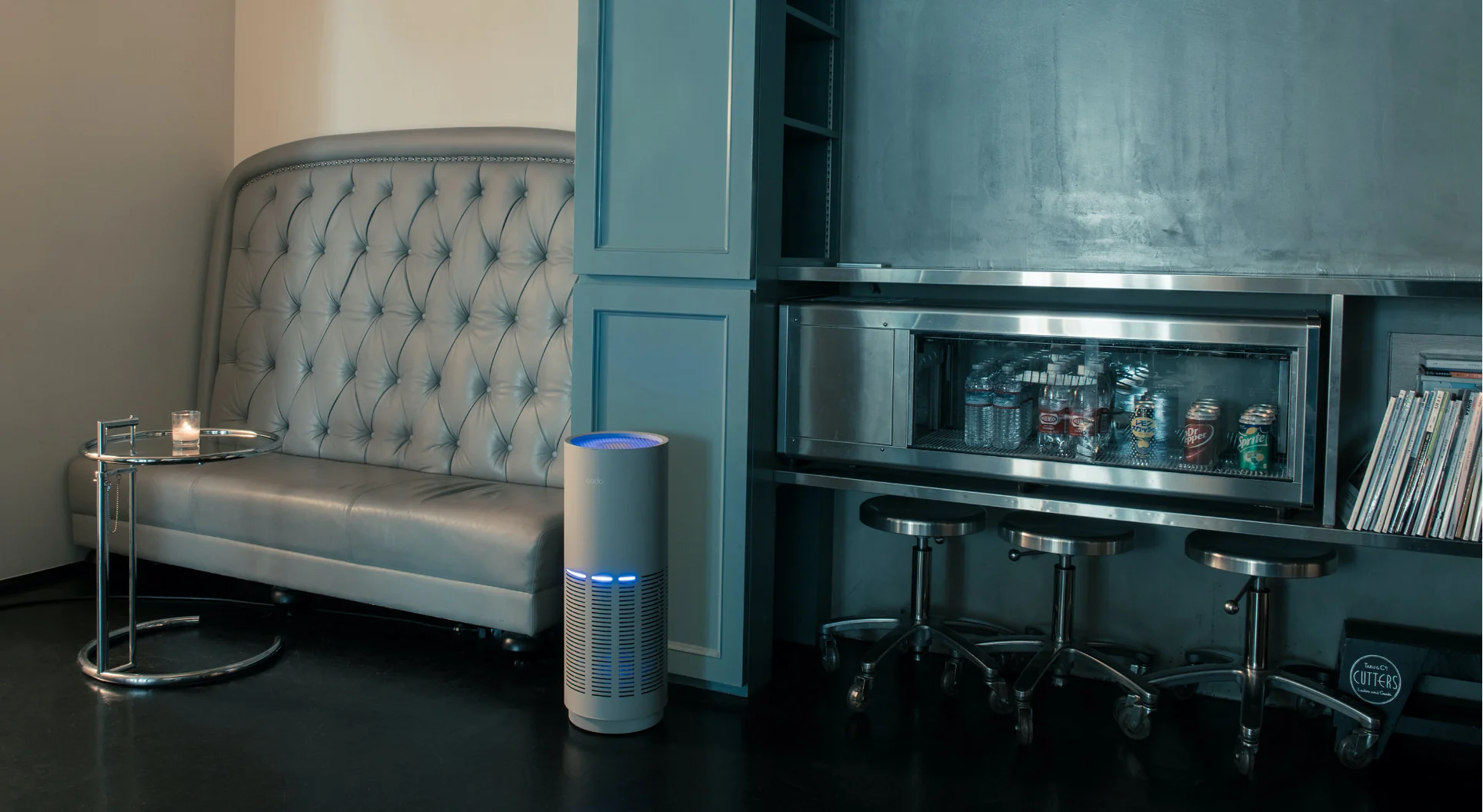
Strategic Rationale Behind the Dual-Source Model
Advantages of Chinese Manufacturing: Why is China a Key Production Hub for Cado?
For a company like Cado, leveraging Chinese manufacturing offers a multitude of strategic advantages that extend beyond mere cost savings. Firstly, China boasts unparalleled component availability and end-to-end production efficiency. The sheer scale and maturity of its manufacturing ecosystem mean that virtually any component, from specialized sensors to intricate plastic moldings, can be sourced and integrated seamlessly. This efficiency translates into faster production cycles and greater flexibility in scaling up or down based on market demand. Secondly, for many Japanese firms, including those in the home appliance sector, investments in China have historically yielded a high return on investment (ROI), sometimes up to 18%. This financial incentive makes Chinese production an attractive proposition. Thirdly, the concept of "China for China" is paramount. By manufacturing within China, Cado can more effectively serve the local demand, reducing logistics costs and time-to-market for products destined for the vast Chinese consumer market. Finally, to compete effectively with global giants like Dyson and Blueair, achieving global pricing competitiveness is non-negotiable. Chinese manufacturing provides the necessary cost structure to make Cado products accessible to a wider international audience, without compromising on the core technology and design that define the brand. This strategic choice allows Cado to maintain its competitive edge in a crowded market.
The Prestige of Japanese Manufacturing: What Unique Value Does Japan Bring to Cado’s Production?
While China offers scale and cost efficiency, Japan remains the bedrock of Cado’s premium identity and innovation. The prestige of Japanese manufacturing is globally recognized, synonymous with perceived quality, unwavering reliability, and groundbreaking innovation. For Cado, Japan serves as the primary base for design, Research & Development (R&D), and the production of IP-sensitive products. This means that the core intellectual property, the intricate engineering, and the aesthetic vision that define Cado products are meticulously developed and often first realized in Japan. Furthermore, advanced or collaborative product development, particularly for high-value or niche items, is typically kept within Japan. This strategic allocation ensures that Cado’s most innovative and brand-defining products benefit from the highest levels of precision and quality control, reinforcing the brand’s commitment to excellence. It’s about safeguarding the essence of Cado’s brand and ensuring that their most sophisticated technologies are brought to life with unparalleled Japanese craftsmanship.
Risk Management and Global Positioning: How Does Cado’s Dual Strategy Mitigate Risks?
Cado’s dual-source manufacturing model is not just about optimizing cost and quality; it’s a sophisticated approach to risk management and global positioning. In an increasingly volatile global economy, relying on a single manufacturing base can expose a company to significant vulnerabilities. By diversifying its production across Japan and China, Cado effectively implements a geopolitical diversification strategy, often referred to as “China Plus One.” This approach reduces dependence on any single region, making the company more resilient to potential disruptions such as trade disputes, tariffs, or unforeseen supply chain challenges. It allows for flexible production allocation, meaning Cado can shift manufacturing volumes between regions based on geopolitical shifts, economic conditions, or specific product line requirements. This agility enables Cado to respond quickly to market changes, mitigate the impact of tariffs, and navigate potential supply chain disruptions. For B2B partners, this signals a robust and adaptable supply chain, ensuring greater reliability and continuity of product availability, even in uncertain times. It’s a testament to Cado’s strategic foresight in building a resilient global operation.
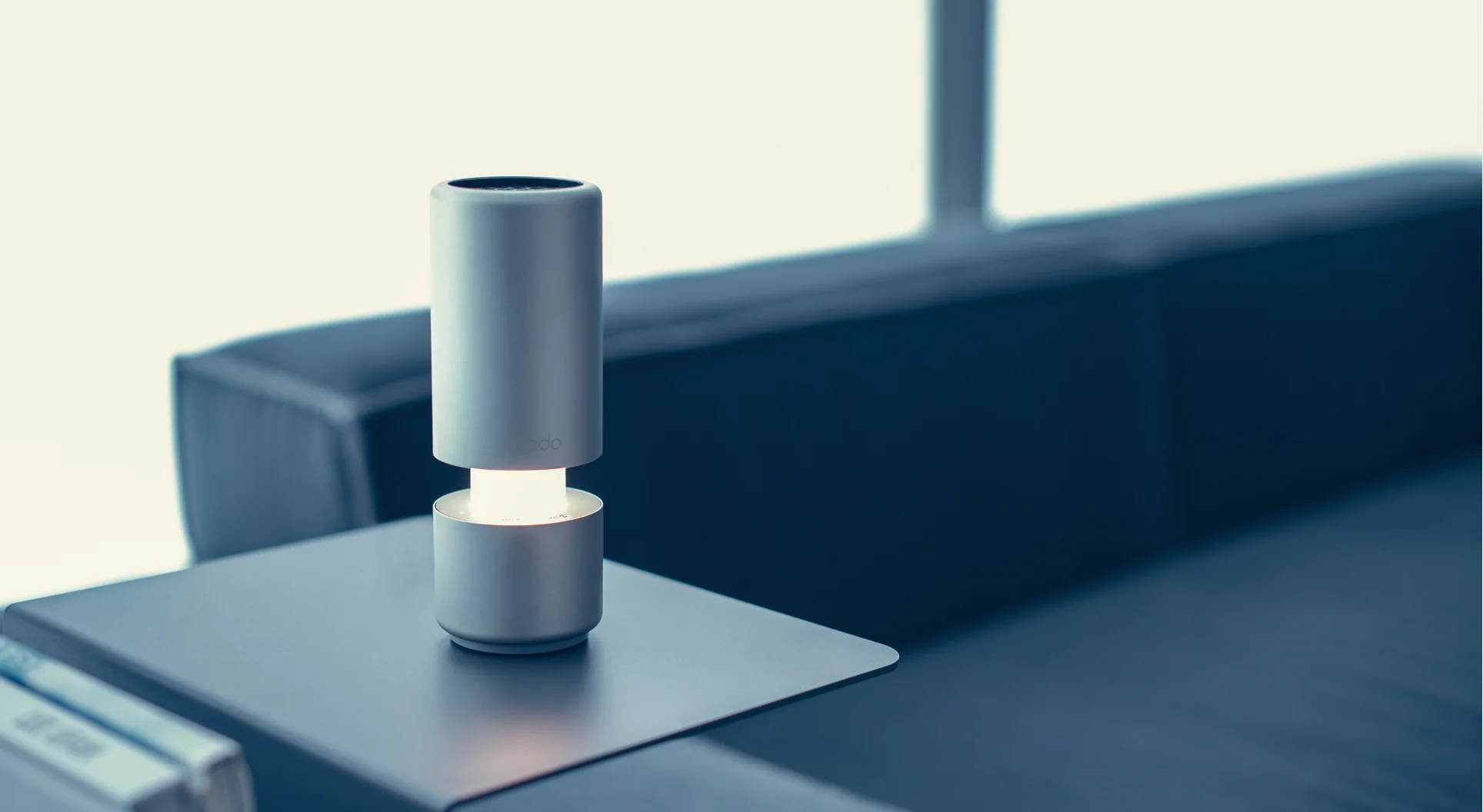
Risks and Opportunities: What Stakeholders Should Monitor
Risks: What Challenges Does Cado’s Hybrid Model Face?
While Cado’s hybrid manufacturing strategy offers significant advantages, it is not without its risks, which B2B stakeholders should closely monitor. Firstly, there is the potential for brand dilution if the “Made in China” aspect becomes a negative consumer touchpoint. While B2B buyers understand the strategic rationale, end-consumers might associate it with lower quality, potentially eroding the premium image Cado has meticulously built around its Japanese heritage. Secondly, an overdependence on external production, particularly in China, could lead to vulnerabilities. Any significant geopolitical shifts, trade policy changes, or disruptions in the Chinese manufacturing ecosystem could impact Cado’s production capabilities and supply chain stability. Lastly, maintaining quality control consistency across different manufacturing regions can be a significant challenge. Ensuring that products made in China meet the same rigorous quality standards as those made in Japan requires robust oversight and stringent quality assurance processes. Inconsistent quality could damage Cado’s reputation and impact customer satisfaction, a critical factor for B2B partners who stake their own reputation on the products they distribute.
Strategic Opportunities: How Can Cado Leverage Its Dual Approach for Future Growth?
Despite the risks, Cado’s dual-source model presents substantial strategic opportunities for future growth and market expansion. This flexible manufacturing setup provides a strong foundation to expand into other regional hubs beyond Japan and China, such as Vietnam or Malaysia. Diversifying manufacturing locations further can enhance supply chain resilience, reduce geopolitical risks, and potentially open new markets. Secondly, the ability to selectively label products based on market expectations is a powerful tool. Cado can strategically emphasize “Made in Japan” for premium segments where brand prestige is paramount, while leveraging “Made in China” for cost-sensitive markets or high-volume products. This adaptability allows them to tailor their market approach more effectively. Finally, continued innovation in filter technologies is crucial to maintain performance leadership. Cado’s commitment to R&D in Japan, combined with efficient manufacturing capabilities elsewhere, allows them to rapidly develop and deploy advanced air purification solutions, ensuring they remain at the forefront of the IAQ industry. For B2B partners, these opportunities translate into a wider range of products, more competitive pricing, and a more resilient supply chain.
KPIs and Strategic Signals to Watch: What Metrics Should B2B Partners Monitor?
For B2B partners and industry analysts, closely monitoring key performance indicators (KPIs) and strategic signals can provide valuable insights into Cado’s long-term trajectory and the health of its manufacturing strategy. Firstly, observe origin labeling trends on new products. Any significant shift towards or away from “Made in Japan” or “Made in China” for specific product categories could indicate a change in strategic direction. Secondly, pay attention to expansion announcements into new manufacturing geographies. Such moves would signal further diversification and risk mitigation efforts. Thirdly, closely track customer sentiment and review trends by region. This can provide early warnings of any perceived quality inconsistencies or brand dilution issues related to manufacturing origin. Lastly, analyze Cado’s profitability metrics compared to global peers like Dyson. A healthy profit margin, especially in a competitive market, would indicate the successful execution of their hybrid manufacturing strategy. By monitoring these signals, B2B partners can make informed decisions about their engagement with Cado and anticipate future market trends.
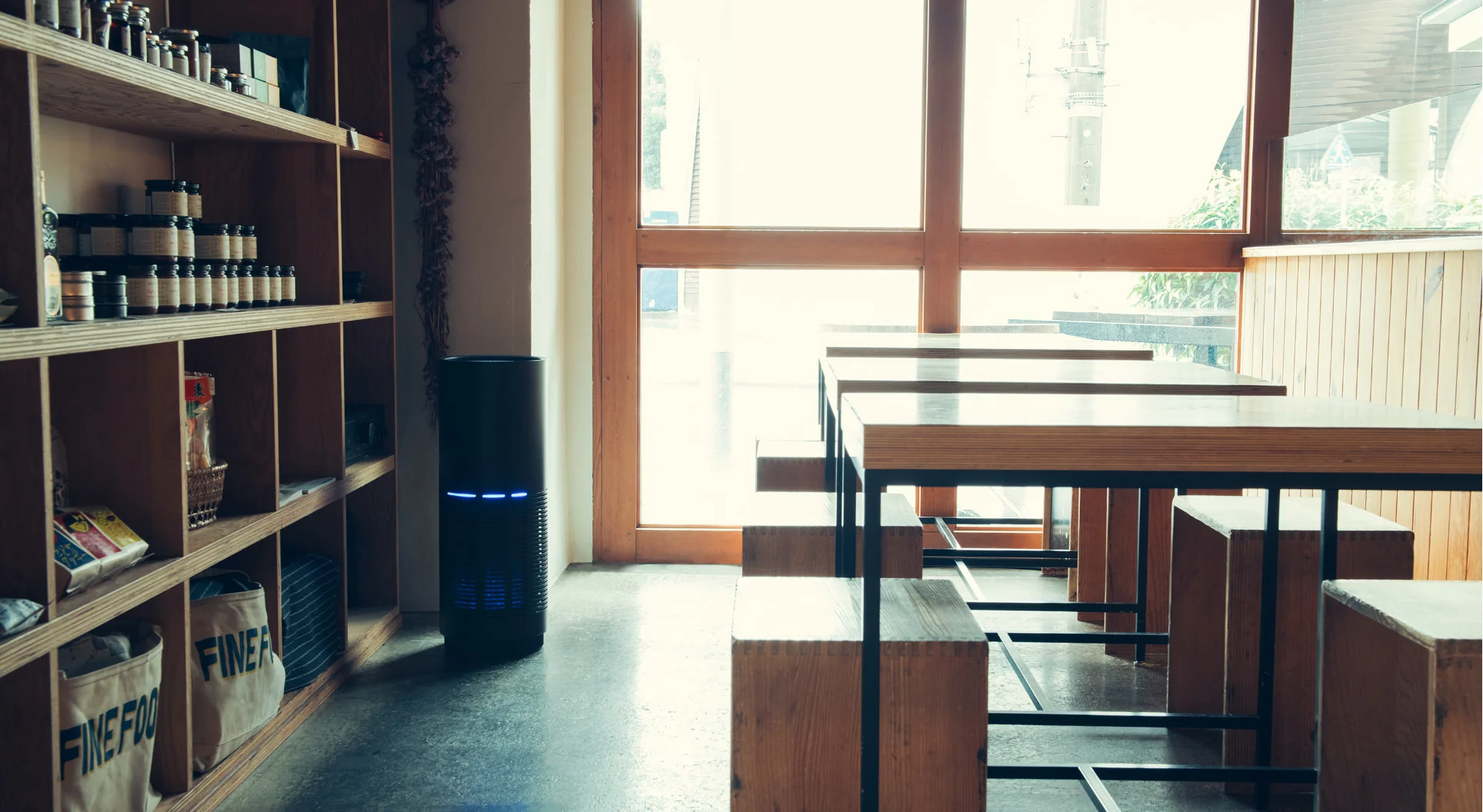
Conclusion: Brand Integrity Meets Operational Agility
In conclusion, Cado’s hybrid manufacturing strategy is far from a compromise; it’s a sophisticated and modern playbook for balancing prestige und profitability in the competitive global market. By strategically leveraging both Japan’s renowned reputation for quality and innovation, and China’s immense capacity for efficient, large-scale production, Cado has forged a model that is increasingly common among tech-forward brands. This dual-source approach allows them to maintain their premium brand identity for high-end products while achieving the cost-effectiveness and scalability necessary for broader market penetration. For B2B partners, this approach signals a mature, globally competitive organization with clear strategic foresight. It demonstrates Cado’s ability to adapt to market dynamics, manage risks, and deliver a diverse product portfolio that meets varying market demands. Understanding this strategic agility is key for any partner looking to build a long-term, successful relationship with Cado in the ever-evolving Indoor Air Quality industry.

